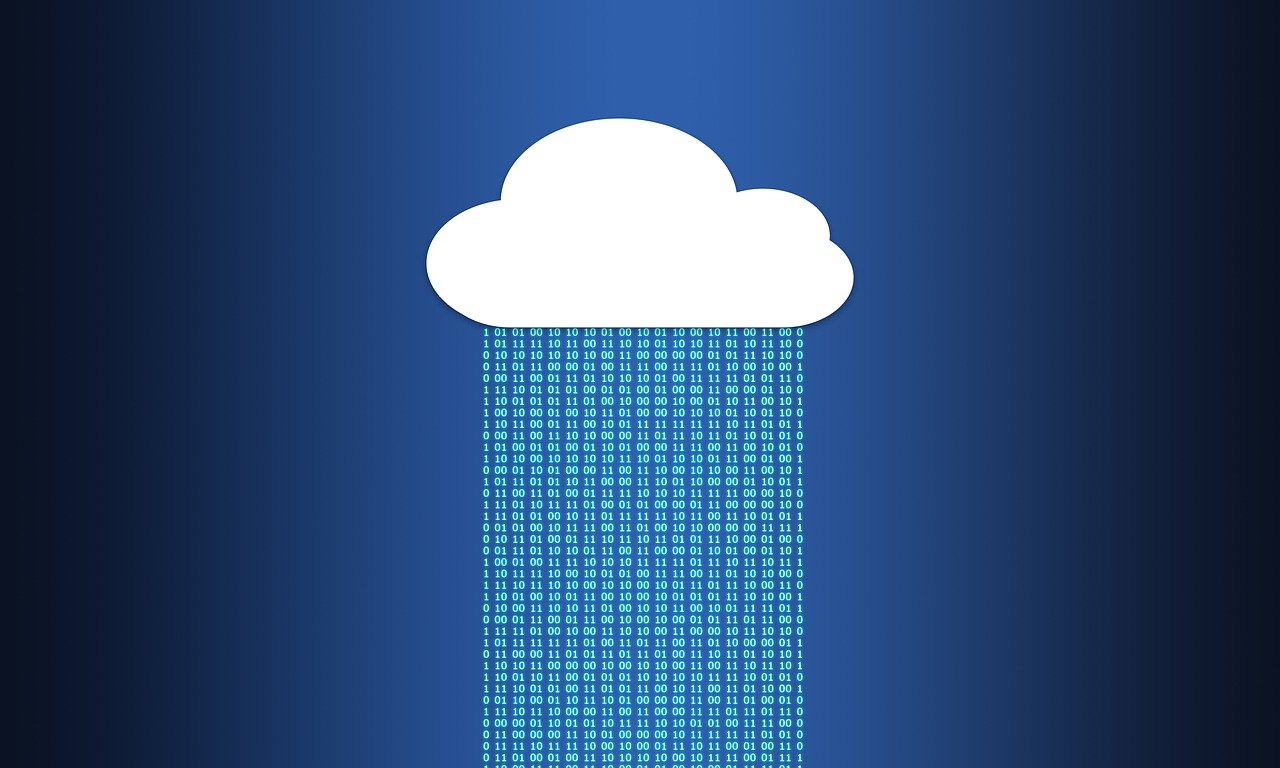
Understanding the Relationship between Cloud Computing & Virtualization
It's easy to initially confuse virtualization with cloud computing, given their similarities and the fact that they exist in the same IT industry. However, both virtualization and cloud computing are characterized by unique differences that make them uniquely valuable to experienced IT engineers. IT experts have already begun to use both cloud computing and virtualization together in similar environments, to thoroughly optimize their approach to data storage and hardware use.
What is cloud computing?
Cloud computing refers to the process of delivering computing services, like databases, servers, software and networks, all over the internet. Businesses that offer you access to cloud computing services are called cloud providers. These companies charge you for cloud use according to your usage amounts and storage space, similar to how utility companies might charge for electricity or water use. This type of cloud is known as the public cloud. If you run a business and want your private cloud access specifically for your team, you can purchase private cloud space or engineer your own cloud environment.
Applications for cloud computing are almost everywhere. Perhaps without knowing it, we have all used some form of cloud computing throughout our lives. Programs like Gmail, Dropbox and Google Drive run on a cloud-based model, and allow you to store and access files in a secure, internet-held environment.
What is virtualization?
Virtualization is an approach to computing that allows you to maximize the time and effort you invest into a specific computing environment. Through virtualization, you can engineer virtual machines (VMs) out of a single piece of hardware, allowing you to create virtual resources from physical infrastructures. Run multiple applications or software programs on the same server through virtualization — an efficient, cost-effective computing approach that helps reduce your IT costs.
Understanding the link between cloud computing and virtualization
Though they are two different technologies, virtualization and cloud computing bear deep similarities. Often, both cloud computing and virtualization are deployed in the same environment. In fact, many private cloud-computing applications are made possible through virtual machines, all working together to uphold a cloud infrastructure.
Cloud networks and virtualization frequently overlap whenever you access secure files from a distance. Cloud computing ensures that your data is automatically stored across multiple online environments at once. This way, even if one environment goes down for a time, your data remains available and secure. Of course, these multiple environments are often made possible through virtualization — segmented virtual machines within a single piece of hardware.
If you plan on utilizing a cloud computing service, you might need virtualization to create the virtual networks and servers which make up your private cloud. Private cloud computing doesn’t rely on a single technology, but virtualization is one of the best options.
Cloud computing vs virtualization: which one do I need?
Virtualization transforms physical hardware into virtual machines, while cloud computing is a kind of service that is used to store the transformed data. Put simply, virtualization is the environment itself, cloud computing is the process that helps you take advantage of the environment.
Many people confuse the two because these technologies work together to provide different types of services. However, in cloud computing, all the software and applications uploaded on remote servers and machines are controlled and owned by third parties.
If you are looking to enhance the efficiency of your hardware, or you want to create a computing system with redundancies to prevent data loss, virtualization is the approach you're looking for. By contrast, cloud computing allows you to upload, store, migrate, access and protect files online —often across virtualized networks.
Though there are major differences between the two technologies, each helps contribute to the other. Through virtualization, you can operate and access networks from a single computer. On the other hand, cloud computing services are run on the internet, where you can obtain remote access from any computer, regardless of the distance from your files.
Leveraging virtualization and cloud computing for your organization
Today, many major businesses are hiring IT professionals to upgrade their computing models. Many qualified systems engineers are pioneering strategies that help migrate files from server environments to cloud networks.
To leverage both cloud computing and virtualization side by side in an IT environment, you'll need an in-depth knowledge of both technologies. If you're an IT professional, or you're simply looking to familiarize yourself with the industry's employment opportunities, cloud computing training is the quickest way to get there. Complete courses at your own pace, through hands-on training led by real instructors from around the world. After you finish your cloud training, you'll be ready to pursue virtually any career in the cloud computing space — equipped with a certification accepted industry-wide.
